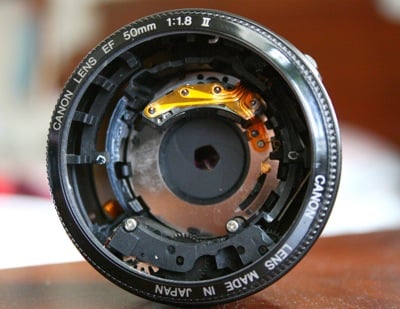
As an Entrepreneur and a Consultant in Technologies, Internet and Innovation, one of my jobs is to constantly keep updated on the latest topics, trends and more. I accomplish this in several ways, including reading all the time books, magazines, journals, websites and Blogs. Throughout this journey I have found many different and interesting topics and I want to share today one of this with my readers: the Minimum Viable Product (MVP).
US author Eric Ries introduced this topic in his book The Lean Startup, which you can find at Amazon.com and even download to your Kindle. This book brings new insights and many interesting topics and at this moment I will focus on the MVP. The reason is that the MVP is a very useful topic that I’m sure will benefit many entrepreneurs and their companies.
The idea behind MVP is quite simple. Let’s start by talking about the opposite of the MVP. Most companies develop new products, by investing time, money and doing all type of research and development. They also do market studies, using tools such as focus groups to make sure that their product will be successful then they launch it. However, many of these products fail and all the time and money invested are lost (at least part of it).
The MVP proposes that there is a different way of creating new products. Internet companies have inspired this model, but I believe most companies can use this model. Instead of investing great quantities of money and time to reach the perfect product, the MVP proposes that the product should be realized to the market with the minimum characteristics. This product is far from being perfect and the idea is that with time new versions of the product are launched adding new characteristics and fixing errors.
By working this way, several objectives are accomplished. The first is that to reach the market, you don’t have to expend too much money or time. The second is that you can hear you buyers and make changes easily on an early stage of the product’s development (and market). And third, that although this model doesn’t guarantee success for the product, it minimized the risks.
This model can easily be understood for service companies, such as those based on the Internet. Since the final user doesn’t receive a tangible product, changes can easily be included to the software part of the business. For instance, new characteristics are usually included to websites on the Internet, as iterations of the MVP.
However, I believe many traditional bricks-and-mortar companies will surely benefit from this model. I don’t imagine for example a plane maker, such as Boeing, releasing a new plane that isn’t perfect in every aspect, however they might include extras on their upcoming planes, based on previous successful models. But most business will be able to accommodate this model. For instance, technology related businesses have used this model, as usually, every new model of their products gets better. One example is the iPod and iPhone, where their first generation lacked many of the characteristics found on today’s latest generation devices. These first devices where not perfect, but where good enough to find a critical mass of buyers.
The MVP it a very interesting concept that we’ll be analyzing in future articles. For the moment I invite you to read Eric Ries’ book.
Image taken from Flickr.com
 An Entrepreneur Blog Management, Strategy, Internet, Technology, Social Networks, Organizational Change and more!
An Entrepreneur Blog Management, Strategy, Internet, Technology, Social Networks, Organizational Change and more!



